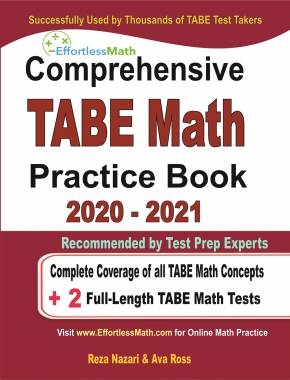How Do Secant-Tangent and Tangent-Tangent Angles Work? A Complete Guide
In the captivating realm of circle geometry, the dance between tangents and secants unveils a set of properties and angles that are both intriguing and foundational. Their interactions create angles with specific properties, vital for solving a wide array of geometric problems. Today, we'll dive into understanding the angles formed by secant-tangent and tangent-tangent combinations and their underlying principles.

Step-by-step Guide: Secant-Tangent and Tangent-Tangent Angles
Definition:
- Secant-Tangent Angle: Formed when a secant line and a tangent line intersect at a point outside the circle. The angle’s measure is half the difference between the measures of the intercepted arcs.
- Tangent-Tangent Angle: Formed when two tangent lines intersect outside a circle. This angle’s measure is half the intercepted arc between the two points of tangency.
Properties of Secant-Tangent and Tangent-Tangent Angles:
- Secant-Tangent Property: For an angle formed by a secant and a tangent intersecting outside a circle, the measure of the angle is half the difference of the intercepted arcs.
- Tangent-Tangent Property: For an angle formed by two tangent lines intersecting outside a circle, the measure of the angle is half the measure of the intercepted arc.
Examples
Example 1:
A secant \( AB \) and a tangent \( AC \) intersect outside a circle at point \( A \). If the intercepted arcs for the secant are \( 60^\circ \) and \( 160^\circ \), find the measure of angle \( CAB \).
Solution:
Using the secant-tangent property:
\( \text{Angle} = \frac{\text{difference of intercepted arcs}}{2} \)
\( \angle CAB = \frac{160^\circ – 60^\circ}{2} = \frac{100^\circ}{2} = 50^\circ \)
Example 2:
Two tangents \( AB \) and \( AC \) intersect outside a circle at point \( A \). The intercepted arc between the points of tangency \( B \) and \( C \) is \( 140^\circ \). Determine the measure of angle \( BAC \).
Solution:
Using the tangent-tangent property:
\( \text{Angle} = \frac{\text{intercepted arc}}{2} \)
\( \angle BAC = \frac{140^\circ}{2} = 70^\circ \)
Practice Questions:
- A secant and a tangent meet outside a circle, forming an angle of \( 45^\circ \). If one of the intercepted arcs by the secant is \( 150^\circ \), determine the measure of the other intercepted arc.
- Two tangents intersect outside a circle to form an angle of \( 65^\circ \). What’s the measure of the intercepted arc between the two points of tangency?
- Given an angle of \( 30^\circ \) formed by a secant and a tangent outside a circle, if one of the intercepted arcs is \( 80^\circ \), find the measure of the other intercepted arc.

Answers:
- \( 60^\circ \)
- \( 130^\circ \)
- \( 20^\circ \)
Related to This Article
More math articles
- 4th Grade K-PREP Math Worksheets: FREE & Printable
- Full-Length ASVAB Math Practice Test-Answers and Explanations
- Classify Faces of 3–Dimensional Figures
- How to Prepare for the PERT Math Test?
- Full-Length 8th Grade ACT Aspire Math Practice Test
- How to Use the Graphs of System of Equations for Classification
- FREE 8th Grade FSA Math Practice Test
- 5 Best Headsets for Online Math Classes in 2024
- How to Calculate the Geometric Mean in Triangles
- How to Complete a Function Table from an Equation


























What people say about "How Do Secant-Tangent and Tangent-Tangent Angles Work? A Complete Guide - Effortless Math: We Help Students Learn to LOVE Mathematics"?
No one replied yet.